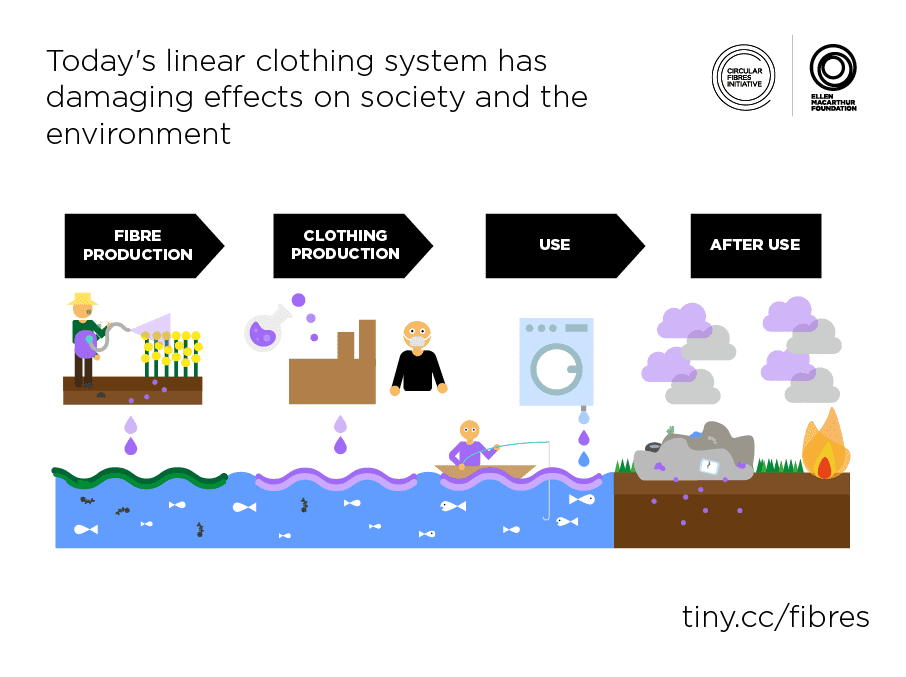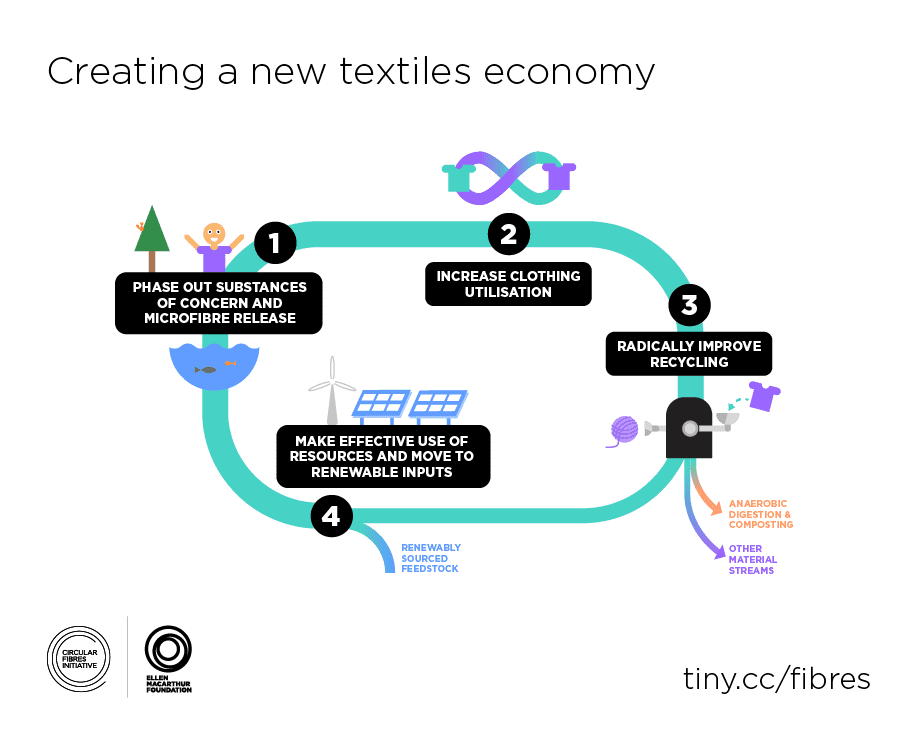
How Fast Fashion Affects the Environment
Clothes are an everyday necessity and, for many people, the most salient aspect of self expression. We all wear them – at least in public – yet, many of us don’t give a second thought to where they come from, how they are made and what impact they have on our environment. Given that the fast fashion industry is second only to oil as the world’s largest polluter, we say it’s about time for us to wake from our ignorant slumber so that we may take a long hard look at the true cost of the clothing we buy.
Fast Fashion is typically defined as the process of designing, creating and marketing clothes with the intention of making fashion trends quickly and affordably available to consumers. With low prices and high availability, fast fashion brands like H&M and ZARA are a common go-to when picking out new threads. These brands, who are at the very peak of the fast fashion industry, are responsible for an increasing hoard of both social and environmental destruction. Companies like these thrive by operating in countries that have poor environmental and labour regulations, employing desperate people to work in unsafe conditions for minimum wages. In this way, leaders of the industry are able to produce large quantities of clothes for cheap, all the while slyly avoiding the repercussions of their destructive production processes.
While fast fashion might seem like a good bargain at a superficial level, the reality is that it imparts a hefty cost on the environment. The industry directly causes immense waste water production, high carbon emissions and large amounts of landfill waste. In fact, fast fashion is responsible for the contamination of oceans, rivers, freshwater sources and soil, and is the source of approximately 20% of global waste water.

It’s not uncommon for clothes to be perceived as easily disposable, or at least reusable. What we don’t see is that when clothes are used until they are unusable, they ultimately become trash. Many garments are made from petrochemical-based materials, i.e. plastic polymers, meaning that they do not biodegrade over time. Instead, they break down into tiny pieces called microfibres – microplastic’s equally evil twin. During washes between use, microfibres go down the drain, which does not take them into an endless abyss never to be seen again. Unfortunately, these microfibres end up in the ocean, alongside dyes and other harmful synthetic materials that come from our clothes.
Furthermore, around 85% of the clothes we throw out end up as waste in a landfill, leaching harmful dyes and chemicals into the soil and contaminating the surrounding areas. Recycling might seem like an appropriate solution to this problem, but that would mean breaking each garment down into its base fibres so that they can be used to make new clothes. The problem with this plan is that modern clothes are made from blended fibres, making recycling time-consuming, costly and inefficient. Even with today’s advanced technology, it would take close to twelve years to recycle what the fast fashion industry creates in just two days. Because we make so much of our clothing from synthetic materials, most of our clothes continue to exist on Earth long after we dispose of them.

The way clothes are made and used today is wasteful of and destructive to the Earth’s resources, but it’s not too late to make a difference. Our hope is for clothes to be made from environmentally considerate and renewable materials, but also for old clothes to be made new. By applying the principles of a circular economy to the fashion industry, clothes, fabric and fibres could reenter the economy after use instead of ending up at the bottom of a landfill. This can only be a reality if we, as consumers, demand sustainable products. Each investment we make is a vote for the future, what future will you choose?
Resources and Additional Reading:
Time Out for Fast Fashion – Greenpeace
The High Environmental Cost of Fast Fashion
Fast Fashion Facts: What you need to know
A New Textiles Economy: Redesigning fashion’s future – download the report infographics
Environmental impact of textile reuse and recycling – A review
By Emma Hanly




